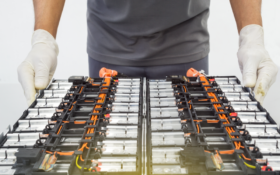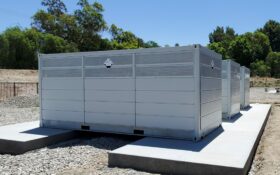Activated Carbons are the leaders of the pack in current supercapacitor development, but what's around the corner? John Miller explains.
Electrochemical capacitors have very interesting features because they store charge in a physical way. And because of this they are saved some of the problems seen with battery storage, where chemical change on one or both of the electrodes results in a volume, a structural, or even a phase change of the material, changes that are never completely reversible, supplying reasons why batteries wear out.
The physical charge storage of an electrochemical capacitor takes place . . .
to continue reading this article...
Sign up to any Premium subscription to continue reading
To read this article, and get access to all the Premium content on bestmag.co.uk, sign up for a Premium subscription.
view subscription optionsAlready Subscribed? Log In











